Thank you so much for this feedback! We've made a note of this to reference when casting upcoming productions!
Shibari Study Support
Berlin, Germany
Replied on Tying Bigger Bodies | Getting In The Air
Replied on Bottom Lock-Off
Replied on Figure 8 Chest Harness | Tutorial
Replied on Intentional Third Rope | Intro
Replied on Kinoko's TK2 | Tutorial
Replied on Stemless Third Rope | Tasuki
Replied on Wide-Front Hip Harness | Suspension Line
Replied on Gorgone's Hip Harness | Tutorial
Replied on Agura | Tutorial


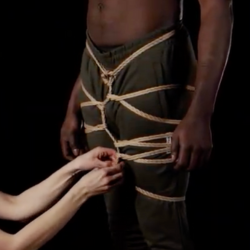
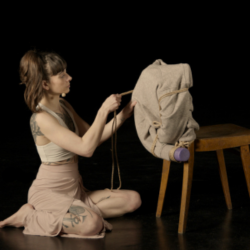
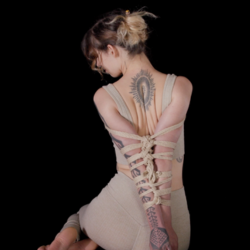
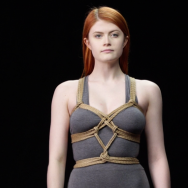
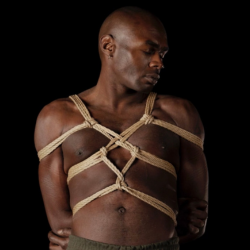

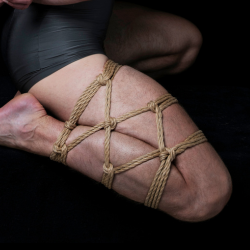
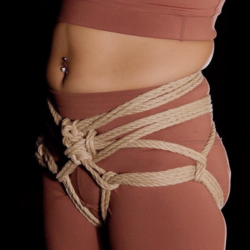
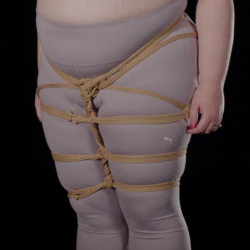
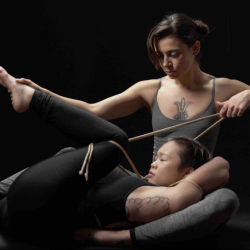

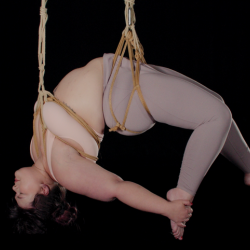
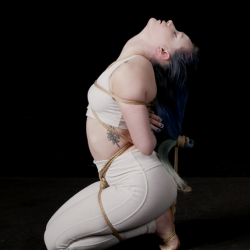
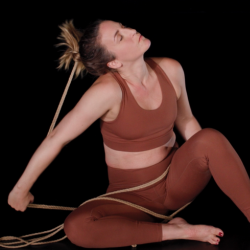

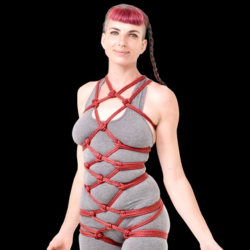



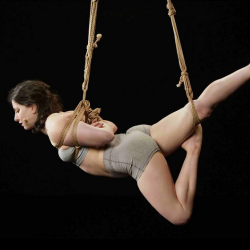
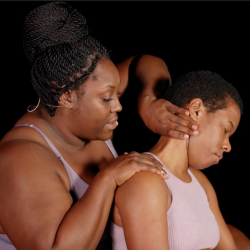



Replied on Misery Tie
27 Mar 14:23
Definitely! A loosely tied and loaded blindfold is a great alternative to hair rope :)